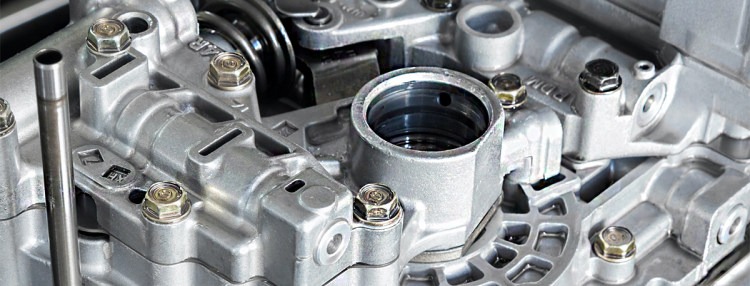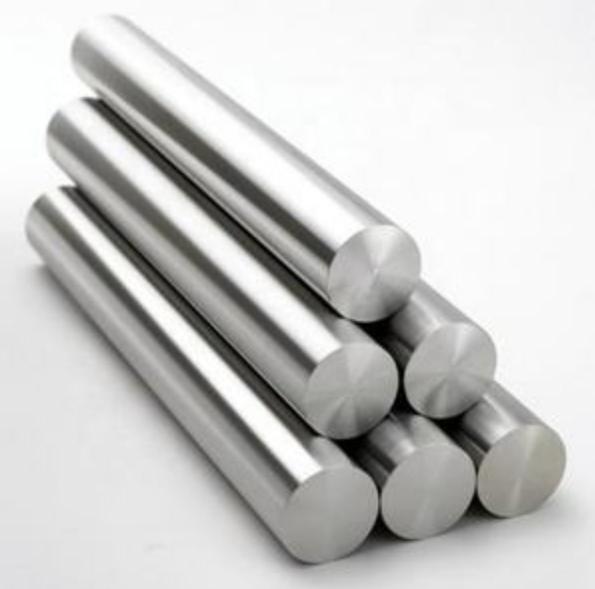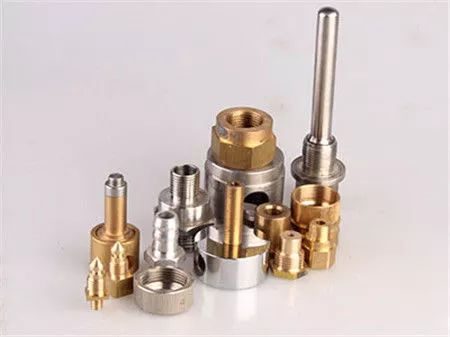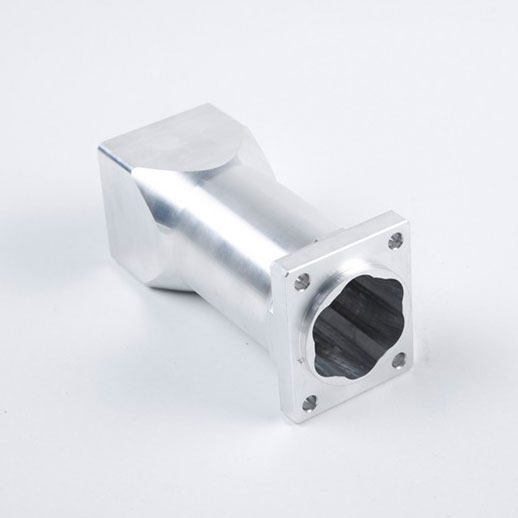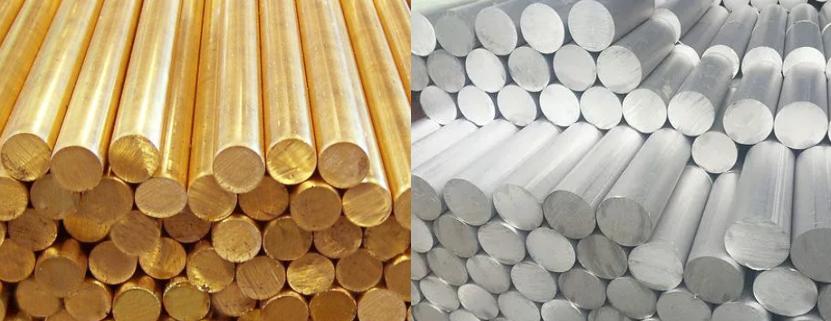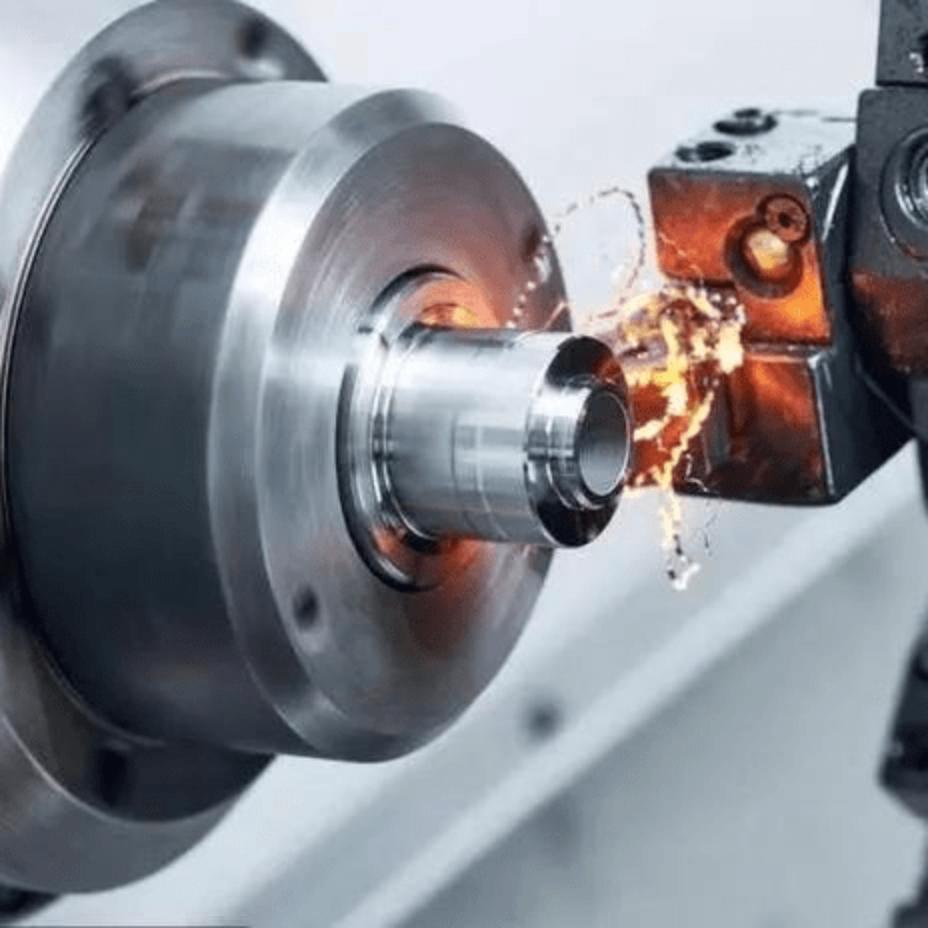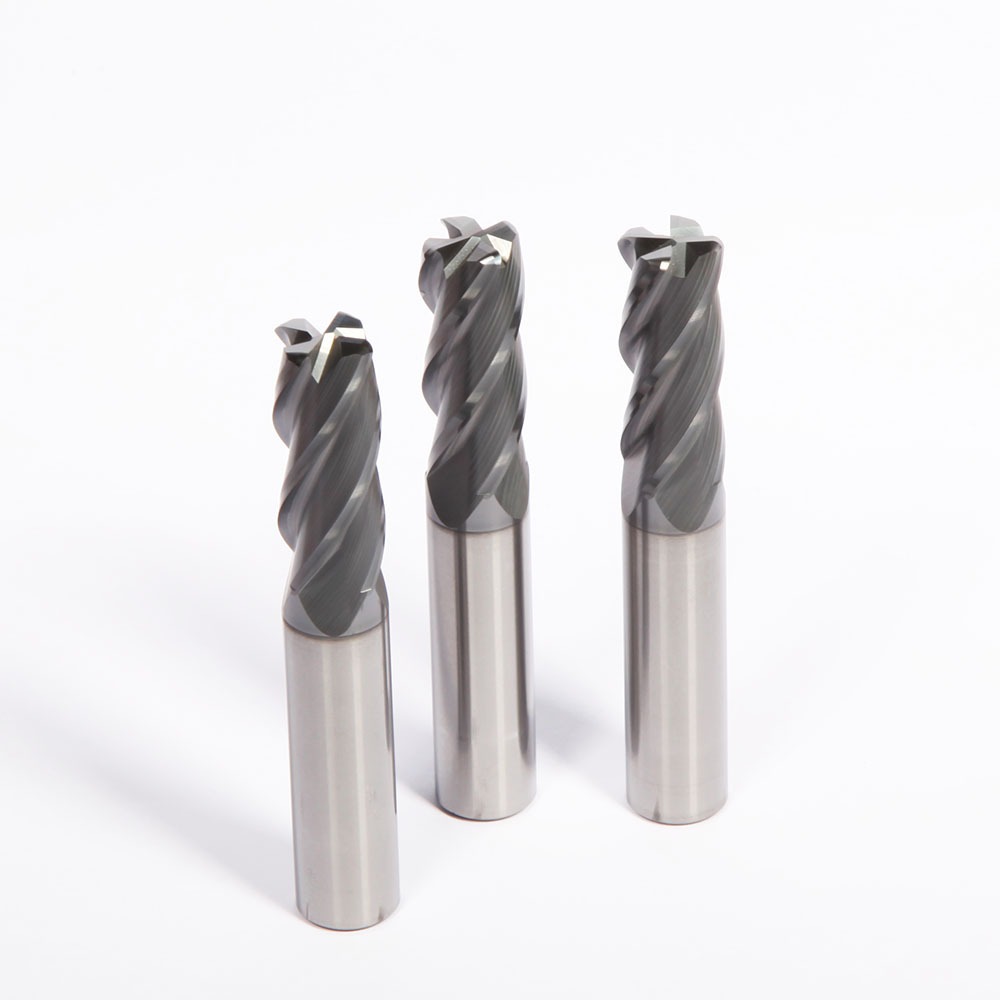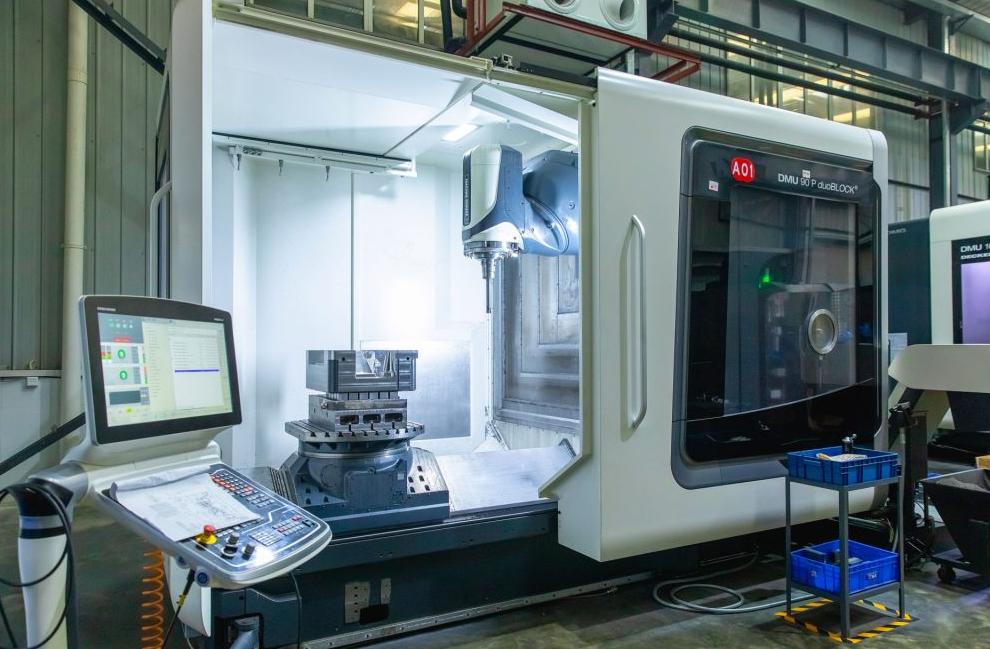Wire Electrical Discharge Machining (Wire EDM) is a powerful and versatile manufacturing technique that erodes and shapes metal with controlled electrical sparks. Wire EDM, unlike traditional machining methods that use physical tools, operates without contact, reducing tool wear and stress on the workpiece. As a result, it is ideal for cutting delicate shapes and materials. This guide delves into the factors to consider, the material thickness limitations, and the cost trade-offs versus other options.
What Are the Factors to Consider Whether to Choose Wire EDM?
Choosing the best machining method has a significant impact on the success of your project. You can avoid costly mistakes and ensure your project meets its intended specifications by understanding the strengths and limitations of Wire EDM. Each machining method has its own set of capabilities and constraints. Understanding the factors that influence the suitability of Wire EDM allows you to select the tool that best meets your specific project requirements, such as material, complexity, and precision.
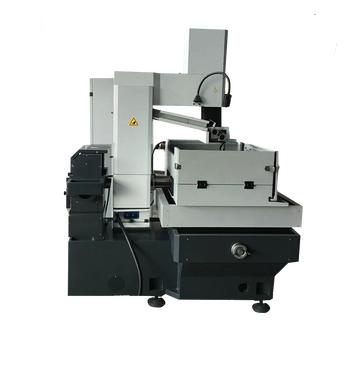
Factor 1: Complexity of the Shapes
Traditional machining methods, such as milling and turning, are limited in their ability to handle complex shapes, particularly those with tight corners, sharp radii, or intricate features. They frequently necessitate the use of multiple tools, tool changes, and careful programming, making the process time-consuming and error-prone. Due to its unique operating principle, wire EDM excels at precisely cutting intricate shapes. The thin, electrically charged wire can navigate tight spaces and complex geometries with unrivaled precision, achieving results that would be impossible to achieve using traditional methods.
Factor 2: Material
- Conductivity: Wire EDM operates by sparking electrically conductive materials. The spark erodes the material, allowing the thin wire to cut intricate shapes precisely. Wire EDM will not work if your material is not conductive, such as wood, plastic, or glass.
- Melting point: The Wire EDM spark generates high temperatures, so the material you’re using must have a high enough melting point to withstand the heat without melting or deforming. Low-melting-point materials, such as aluminum, may not be suitable for Wire EDM unless specific techniques are used.
- Material properties: Different materials have various properties that influence how they interact with the Wire EDM process. Harder materials, such as titanium, will cut more slowly than softer materials, such as steel. Furthermore, materials with high tensile strength are more resistant to wire breakage than weaker materials.
- Surface finish: The type of material used can also affect the surface finish achieved with Wire EDM. Certain materials, such as certain alloys, may necessitate additional polishing to achieve the desired finish.
Factor 3: Precision and Accuracy Requirements
Wire EDM is particularly adept at producing intricate and precise shapes with sharp corners, tight radii, and delicate features. Traditional machining methods frequently struggle with such complications, resulting in rounded corners, incorrect dimensions, or even tool breakage. Wire EDM removes little material, resulting in near-net-shape parts that require little to no post-processing. Wire EDM, as opposed to traditional machining methods that generate heat and pressure, cuts with a spark, minimizing heat and stress on the workpiece. This makes it ideal for fragile or heat-sensitive materials that would deform or crack if machined conventionally.
Factor 4: Budget
Wire EDM machines are far more expensive than traditional machining tools such as milling machines or lathes. For some projects, especially smaller workshops or startups, this initial investment can be a significant barrier. Consumables such as wire electrodes, deionized water, and filters are used in wire EDM. These expenses can quickly add up, especially for longer projects or complex shapes that necessitate frequent wire changes.
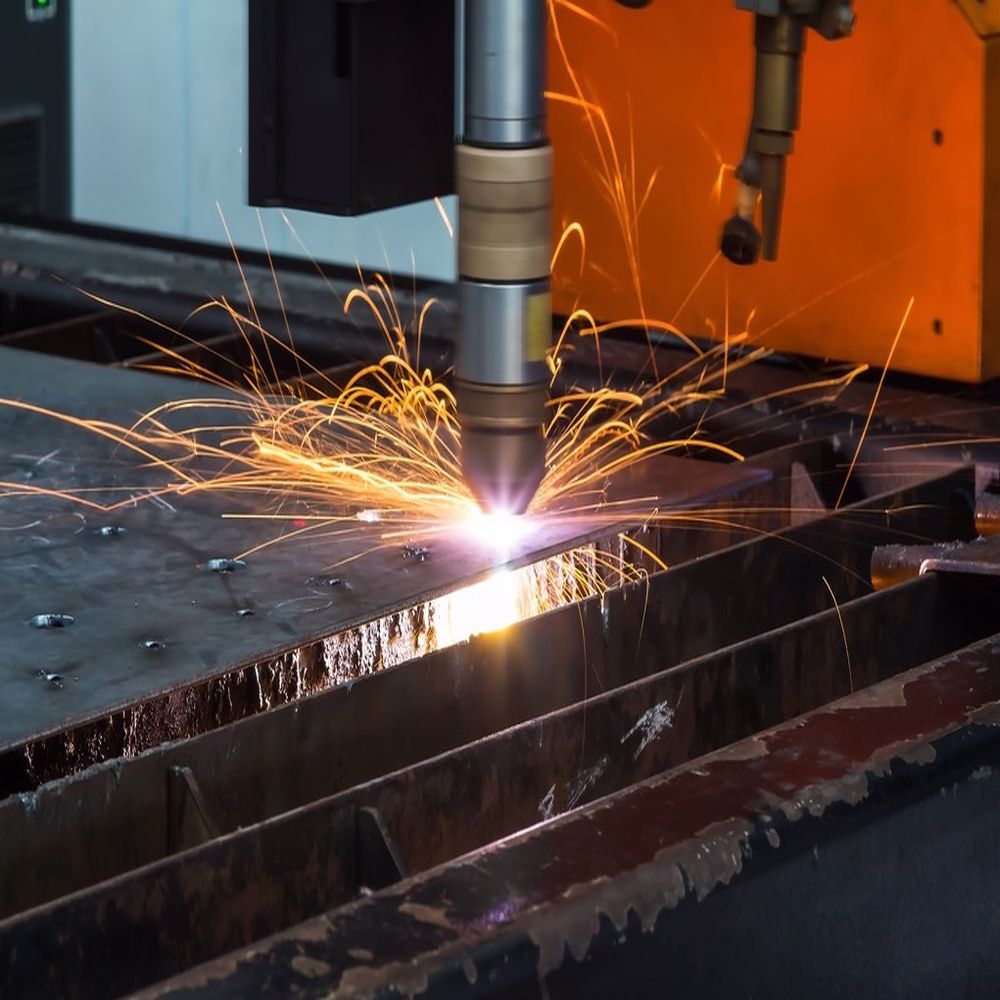
What Are the Limitations of Material Thickness With Wire EDM?
While Wire EDM excels at cutting intricate shapes in various materials, it does have limitations for material thickness. These limitations depend on several factors:
Machine Capabilities
- Machine size and power: Larger, more powerful machines can handle thicker materials than smaller, less powerful machines. Maximum thickness capacities for smaller machines typically range from around 10mm (0.39 inches) to 400mm (15.75 inches) for large industrial models.
- Wire diameter and tension: Although thicker wires can handle thicker materials, they also necessitate higher tension and more powerful machines. Thinner wires, on the other hand, are better for delicate cuts but have a lower maximum thickness.
Material Properties
- Electrical conductivity: Metals and other materials with high electrical conductivity are easier to cut with Wire EDM and can handle larger thicknesses. Poor conductors, such as ceramics and plastics, are more difficult to work with and may have lower thickness limitations.
- Melting point and thermal stability: High melting point and thermal stability materials can withstand the heat of the spark without melting or warping, allowing for thicker cuts. Thinner cuts may be required to avoid damage in materials with lower melting points or poor thermal stability.
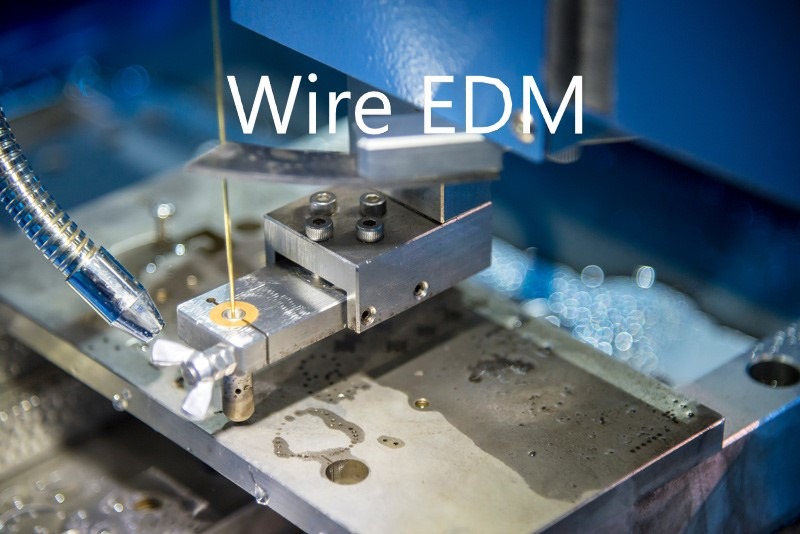
Is There a Significant Difference in Cost Between Wire EDM and Other Options for Specific Materials and Shapes?
Yes, there can be a significant difference in cost between Wire EDM and other options for specific materials and shapes. The cost comparison depends on several factors:
Material
- Hard and exotic materials: Wire EDM excels at cutting materials such as hardened steel, titanium, and superalloys that are difficult or impossible to cut with traditional methods. While other methods of machining these materials can be costly, Wire EDM may be more cost-effective due to its superior accuracy and reduced post-processing requirements.
- Soft and common materials: Traditional methods such as milling or turning may be significantly less expensive than Wire EDM for softer and more common materials such as aluminum or mild steel.
Shape Complexity
- Intricate shapes: Wire EDM excels at creating complex shapes with tight tolerances and minimal burrs. When compared to hand-finishing parts made with other methods, this can significantly reduce waste and labor costs. The complex programming and slow-cutting speed of Wire EDM, on the other hand, can raise the cost per unit.
- Simple shapes: Traditional methods, for simple shapes with standard tolerances, offer faster production times and less material waste, making them more cost-effective than Wire EDM.
Production Volume
- High-volume production: Traditional methods are often more cost-effective than Wire EDM for large batches of parts due to their speed and efficiency.
- Low-volume production and prototypes: The setup time and cost of traditional methods can be significant for smaller batches or prototypes. In such cases, the versatility and accuracy of wire EDM make it a more cost-effective option.
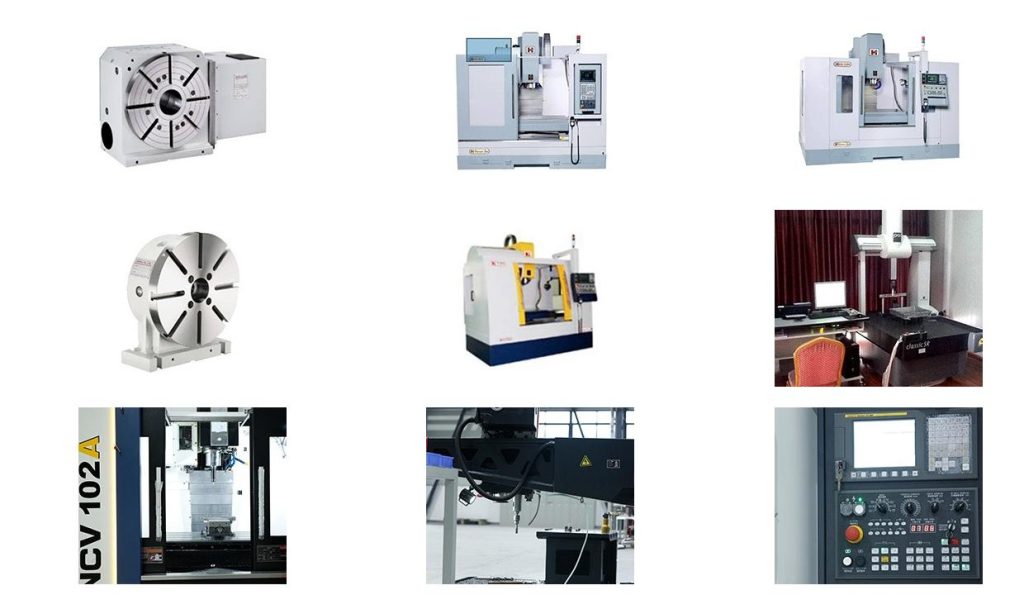
Conclusion
The right machining method influences project success, cost, and quality. Understanding when Wire EDM shines saves money and ensures that your project gets the best tool for the job. It is effective for intricate shapes and tough materials, but it is slower and more expensive than some alternatives. Understanding its strengths and limitations allows us to optimize its use for projects where it excels and avoid overusing it when other options are available. Knowing when Wire EDM is the best option ensures that projects are completed successfully and with high-quality results. As a professional EDM service company, JTR will provide you with more information.



